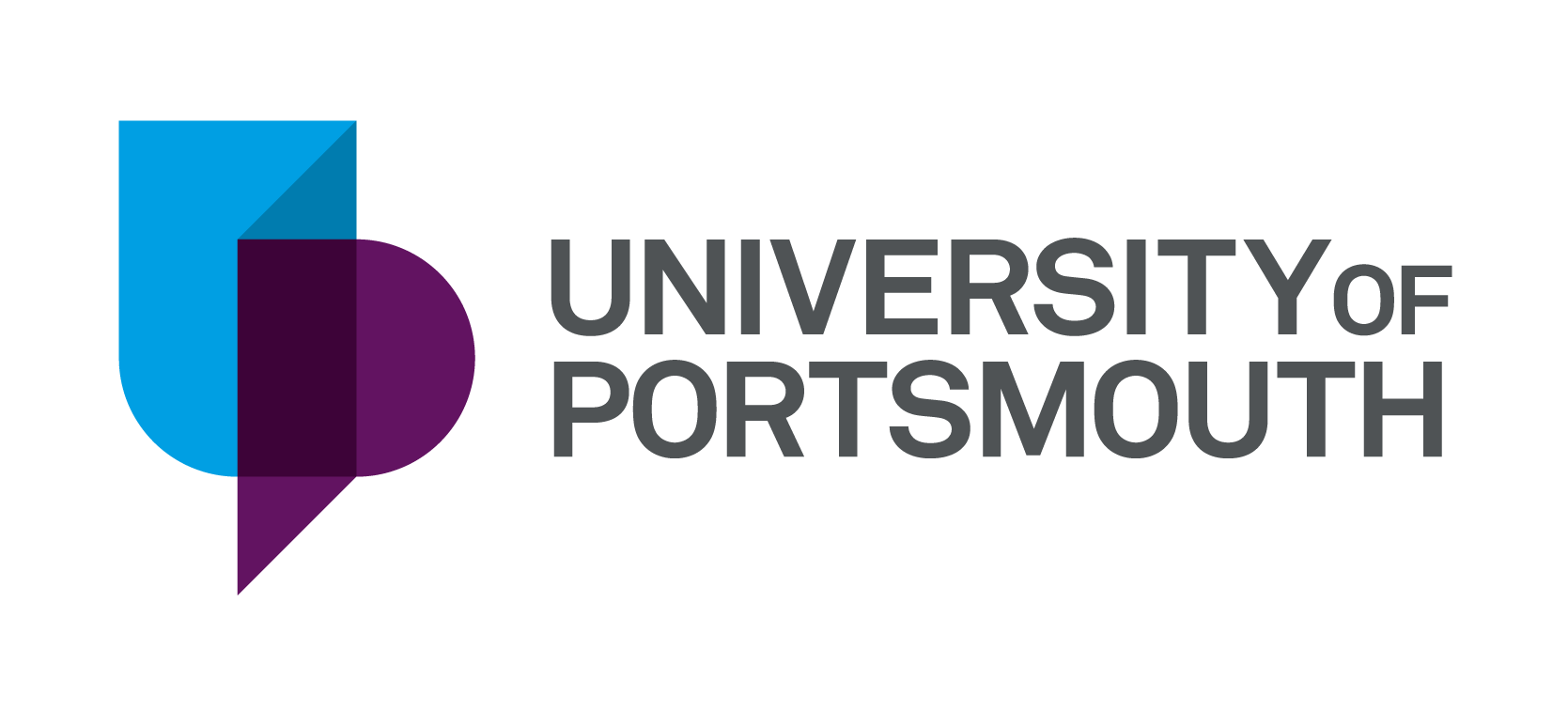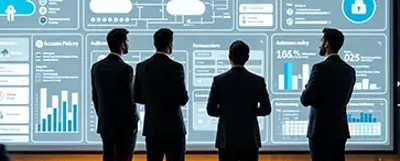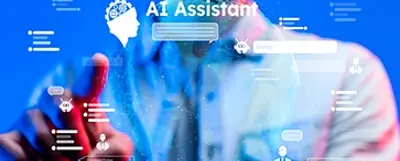Executive Summary
The University of Portsmouth undertook a significant digital transformation project to replace its costly, underutilised legacy integration system with Microsoft's integration services. With 26,000 students and over 5,000 staff relying on more than 500 applications, the university partnered with Valorem Reply to streamline its integration processes, modernise its approach, and build internal capabilities. Despite challenges in organisational culture and skills transition, the project has successfully deployed one production interface with 25 more in development, significantly reducing integration development time from 18 months to a targeted 6-8 weeks.
Background
The University of Portsmouth is a significant higher education institution with 26,000 students as end customers and over 5,000 staff. Its digital infrastructure comprises more than 500 different applications supporting both learning and teaching, as well as business operations. This complex ecosystem requires robust integration capabilities to function effectively and deliver services to the university community.
Prior to this initiative, the university operated within a risk-averse culture typical of higher education institutions, where legacy systems tend to persist long after their optimal lifespan. This approach had created a complex technological landscape characterised by fragmented systems and knowledge gaps.
The Challenge
When Vicky Gosling joined as Deputy Director of Library & Information Services for Digital Solutions & Delivery just over a year ago, she inherited an integration infrastructure beset with multiple critical issues:
- An expensive and vastly underutilised competitive integration platform (using only 5-10% of available functionality)
- A chaotic ‘spaghetti mess’ of 120-130 point-to-point integrations across numerous systems
- Multiple undocumented legacy systems with knowledge gaps due to staff turnover
- Inconsistent development approaches described as ‘hobbyist’ - developers chose technologies based on personal preference rather than strategic fit
- Extremely slow development cycles, with new integrations taking 18-24 months to complete
- Prohibitively expensive licensing costs for their existing integration platform
- Difficulty recruiting staff with skills in legacy technologies, forcing reliance on costly contractors
These challenges arose as the university implemented a new digital transformation strategy with a ‘Microsoft First’ approach for business applications, rendering their existing integration infrastructure increasingly misaligned with their strategic direction.
The Solution
To address these challenges, the university decided on a comprehensive solution:
- Strategic Partnership: They identified the need to partner with a Microsoft integration specialist, selecting Valorem Reply to provide expertise in architecture, design, and implementation.
- Technology Transformation: Replacing the legacy competitive integration with Microsoft integration services aligned with their broader ‘Microsoft First’ strategy for business applications.
- People-Focused Approach: Recognising that technology alone wouldn't solve their problems, they emphasised upskilling their team, introducing new ways of working, and facilitating knowledge transfer from their implementation partner.
- Process Modernisation: Implementing Agile methodologies, CI/CD pipelines, and automated testing to streamline operations and accelerate delivery timelines.
- Accelerated Adoption: Leveraging Valorem Reply's Quick Connect accelerator to rapidly establish foundations and begin the learning process with the new technology stack.
Implementation
The implementation approach centred on a collaborative partnership model between the university's technical team and Valorem Reply. Key aspects of the implementation included:
Hybrid Team Structure: Creating blended teams with university staff working directly alongside Valorem Reply developers, initially in more of a shadowing capacity (80% shadowing, 20% development work), gradually evolving toward a more balanced contribution model (50/50 or 60/40) as internal team capabilities developed.
Agile Transformation: Introducing Agile methodologies to a team with no prior experience, including establishing new ceremonies, processes, and ways of working.
Knowledge Transfer: Rather than relying on formal training before implementation, the team adopted a ‘learn by doing’ approach with guided challenges and on-the-job skill development supported by Valorem Reply.
Incremental Development: Taking a phased approach to interface migration, with a focus on establishing foundational capabilities before scaling up development efforts.
Cultural Change Management: Addressing the significant mindset shift required for the technical integration team to embrace new technologies and methodologies simultaneously.
The project has been running for approximately one year, with progress somewhat slower than initially anticipated due to the scale of organisational and cultural change required rather than technological challenges.
Results and Outcomes
While the project is still in progress, several tangible outcomes are already evident:
- Interface Development: Two large production interfaces have been successfully deployed, with 25 more in parallel development and 38 to be migrated.
- Team Capability: The technical integration team has shown significant progression in both technical skills and Agile ways of working, with growing confidence to take on more complex development tasks with our Capability Enhancement Model.
- Process Improvements: New development and testing processes, including automated testing, have been established, creating a foundation for more consistent and rapid delivery.
- Licensing Cost Savings: Moving away from the expensive legacy platform has begun to deliver cost benefits, though the team is still adjusting to the consumption-based pricing model of cloud services.
- Development Efficiency: Though final metrics aren't yet available, the team is on track to dramatically reduce integration development time from 18 months to a targeted timeframe of 6-8 weeks.
Lessons Learned
Several key insights emerged from the university's experience:
- People-First Transformation: The project reinforced that technical transformations are fundamentally about people. Empowering the team through knowledge building and aligned development was critical for success.
- Complexity Reduction: Reducing environment complexity from 120-130 integrations to 60-70 more standardized interfaces has simplified the architecture and will improve supportability.
- Future-Proofing: The new approach enables system changes without requiring extensive rewrites, which is essential in a university environment where staffing changes can drive system preferences.
- Cultural Adaptation: The shift to consumption-based cloud services required adjustment within the university's rigid budget cycles and traditional funding models.
- Skills Availability: The Microsoft ecosystem provides better access to available talent compared to niche legacy technologies, improving long-term supportability.
Conclusion
The University of Portsmouth's integration transformation project demonstrates how higher education institutions can modernize their technical infrastructure while building internal capability. By focusing on both people and technology aspects of the transformation, they've created a foundation for more agile operations and faster deployment of new capabilities.
The "Nirvana" of faster deployment that Vicky Gosling references will enable the university to be more responsive to changing needs and leverage the power of integrated data across its complex application landscape. While the journey is ongoing, the university has established a clear path toward a more sustainable, maintainable, and efficient integration environment that aligns with its broader digital strategy.
This case illustrates that successful digital transformation in higher education requires patience with the pace of cultural change, investment in people alongside technology, and strategic partnerships to bridge capability gaps during the transition.



































































